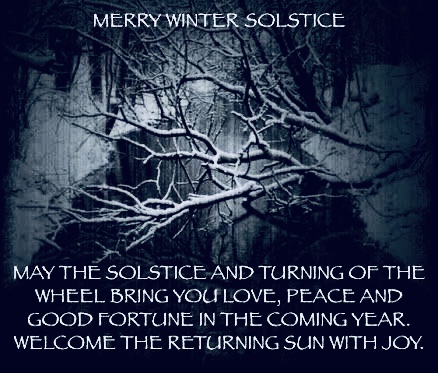
Winter Solstice is upon us once again, 21st December. A day to mark the turning point, the start of brighter days going back to an age where the Irish lived in fear of long dark nights.
So what exactly is the Winter Solstice and why was it so important to our Celtic ancestors and their hopes for the future?
What is a Winter Solstice?
It is important to understand that all our festivals and traditions in Ireland are born from our farming heritage. A necessary way of life dating back to the Tuatha Dé Danann, our ancient race of Demi-gods. Everything we knew related to the seasons, the cycle of life and death, sowing and reaping, harvest and regrowth.
The term ‘Solstice’ actually stems from two Latin words – ‘Sol’ meaning sun and ‘Sistere’ meaning stand still. A point in the Northern Hemisphere where the day reaches its shortest in terms of light and the night is the longest by way of darkness. For a farming nation, this was not the end, but the beginning.
Agriculture and Paganism

This rural way of life was mirrored in the beliefs of the Druids and so many pagan rituals and festivities were borne of necessity. In a year that was measured by solar and lunar movement this moment was a fundamental turning point – the rebirth of the sun.
A fear was instilled from generation to generation, that as the light faded it would not return. Superstition and a need for ritual and tradition were the only ways to hold back the darkness for a nation at the mercy of the seasons and the sun.
It was a time when ancient trees were revered by pagans as they were believed to hold the power, the magic, the key to life and death. It was said that the battle of light and dark was between the Holly King and the Oak King. At the Winter Solstice the Oak would defeat the Holly and thus light would begin returning to the world.
Mistletoe was considered mystical and potent in protection so it would be cut from its habitat, growing on other strong trees such as the oak and offered up for blessings to be brought upon the home.

Origins of Christmas
Candlelight was a vital weapon against the encompassing darkness and the evil that lurked within, a tool to banish the malevolent. The Yule log, adopted from our Norse fellow pagans was lit and surrounded by evergreens such as ivy and mistletoe.
Food was shared among neighbours, produce that was easily preserved such as fruit, nuts, and baked goods that were full of spices for warmth and longevity. Harvested grains and fruits had completed their fermentation process and were handed out as alcoholic beverages and gifts were given to those who helped most in the community. This is all beginning to sound very familiar!
Newgrange

Each year on the Winter Solstice, as the sun begins to rise, a lottery selected chosen few are given the chance to experience the ethereal wonder inside the inner chamber of a Neolithic structure older than Stonehenge and the Pyramids of Giza. An event that was first witnessed in recent times by Professor M. J. O’Kelly on 21st December 1967. The first such occurrence in over 5000 years.
Newgrange sits in the Boyne Valley in County Meath, Ireland and is to all intents and purposes, an ancient temple. A convergence of astrological, spiritual, religious and ceremonial importance.
It is a mound structure stretching over one acre and is held in place by 97 kerbstones, covered in Megalithic artwork. It is just one of a series of such structures following the path of the River Boyne, however it is the most imposing and significant one of all.

From the home of the Tuatha Dé Dannan to the burial site of the ancient Kings of Tara, speculation as to the rhyme and reason for Newgrange continues – its past shrouded in mystery.
As with many pagan and particularly Druidic locations in Ireland, it succumbed to Christianity. The Cistercian Abbey of Mellifont was founded close by and the surrounding lands were procured as farmland, known as a Grange.
The inner passage at Newgrange is 19 metres in length and leads to a room laid out in the shape of a cross known as a cruciform chamber. The discovery of burned and decayed human remains as well as tools, show us that the monument was much more than a way of measuring the seasons, it was a monument to life and death.
As sunrise begins, and as the weather allows, a thin ray of light creeps along the exterior of the tomb and in through a narrow opening. Like an outstretched hand it reaches along the inner passage and explodes into a ball of light, marking one of the most significant astronomical moments in the Druid calendar. This is until once again, Newgrange is overwhelmed by darkness, a reminder of how little control we have over the sun and the onset of night. For today however, we have a new Winter Solstice and new hope is upon us.


